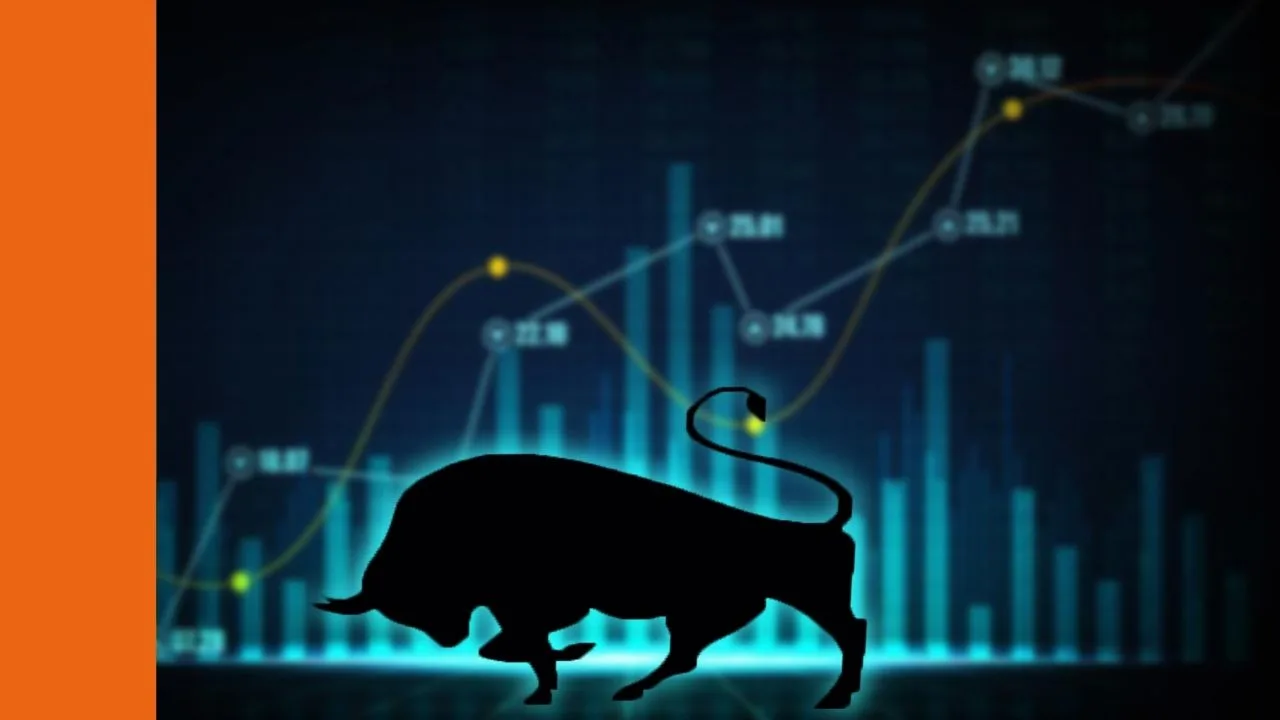Our largest bank shares make up more than one-third of the local share market, measured by the market capitalisation of the largest 200 companies in the S&P/ASX 200 index.
If you really want to understand how to value a dividend share, like a bank or REIT, you should consider watching the tutorial video from the analyst team at Rask Australia.
You can subscribe to the Rask Australia YouTube channel and receive the latest (and free) value investing videos by clicking here.
A proper PE ratio for ANZ shares
The price-earnings ratio, or PE ratio for short, is a basic but popular valuation ratio. It compares yearly profit (or ‘earnings’) to today’s share price (in the case of ANZ for example, $29.29). It’s not always the best way to value a mature company like a bank because other factors may be more important, like dividends, so it’s important to use more than just PE ratios for your analysis.
That said, it can be handy to compare PE ratios across shares from the same sector (banking) to determine what is reasonable — and what isn’t. For example, if ANZ had a PE ratio twice as high as CBA, you’d have to ask yourself if there’s any good reason it should be worth more.
If we take the ANZ share price today ($29.29), together with the earnings (aka profits) per share data from its 2023 financial year ($2.27), we can calculate the company’s PE ratio to be 12.9x. That compares to the banking sector average PE of 18x.
Next, take the profits per share (EPS) ($2.27) and multiply it by the average PE ratio for ANZ’s sector (Banking). This results in a ‘sector-adjusted’ PE valuation of $40.63.
ANZ share price analysis
A DDM, which stands for Dividend Discount Model, is a more interesting and robust way of valuing companies in the banking sector, given that the dividends are pretty consistent.
DDM valuation modeling is one of the oldest methods used on Wall Street to value companies, and it’s still used here in Australia by bank analysts. A DDM model takes the most recent full-year dividends (e.g. from last 12 months or LTM), or forecast dividends for next year, and then assumes the dividends grow at a consistent rate for a forecast period (e.g. 5 years or forever). The only other number you need is a ‘risk’ rate (e.g. 7%) which is explained further below.
To do the valuation, use this formula: Share price = full-year dividend / (risk rate – dividend growth rate). It’s a good idea to do the calculation with a few different growth and risk assumptions, then take the average valuation. This helps to account for some of the uncertainty.
To simplify this DDM, we will assume last year’s dividend payment ($1.75) increases at a consistent rate each year.
Next, we determine the ‘risk’ rate or expected return rate. This is the rate at which we discount the future dividend payments back to today’s dollars. A higher ‘risk’ rate results in a lower share price valuation.
We’ve used a blended rate for dividend growth and a risk rate between 6% and 11%, then averaged the results.
This approach yields a valuation of ANZ shares of $37.01. However, using an ‘adjusted’ dividend payment of $1.66 per share, the valuation goes to $35.10. The expected dividend valuation compares to ANZ Banking Group’s share price of $29.29. Since the company’s dividends are fully franked, you could make one further adjustment and do the valuation based on a ‘gross’ dividend payment. That is, the cash dividends plus the franking credits (available to eligible shareholders). Using the forecast gross dividend payment ($2.37), our valuation of the ANZ share price comes out at $50.15.
| Growth rate | ||||
| 2.00% | 3.00% | 4.00% | ||
|
Risk rate
|
6.00% | $41.50 | $55.33 | $83.00 |
| 7.00% | $33.20 | $41.50 | $55.33 | |
| 8.00% | $27.67 | $33.20 | $41.50 | |
| 9.00% | $23.71 | $27.67 | $33.20 | |
| 10.00% | $20.75 | $23.71 | $27.67 | |
| 11.00% | $18.44 | $20.75 | $23.71 | |
ANZ share price: don’t stop with this
Our two models could be used as an introductory guide for how the valuation process works. Analysing a bank share like ANZ Banking Group is a complicated task. If we were looking at the shares and considering an investment, we would first want to know more about the bank’s growth strategy. For example, are they pursuing more lending (i.e. interest income) or more non-interest income (fees from financial advice, investment management, etc..
Next, take a close look at economic indicators like unemployment, house prices and consumer sentiment. Where are they headed? Finally, we believe it’s important to make an assessment of the management team. For example, when we pulled data on ANZ’s culture we found that it wasn’t a perfect 5/5. Culture is one thing to think carefully about.









